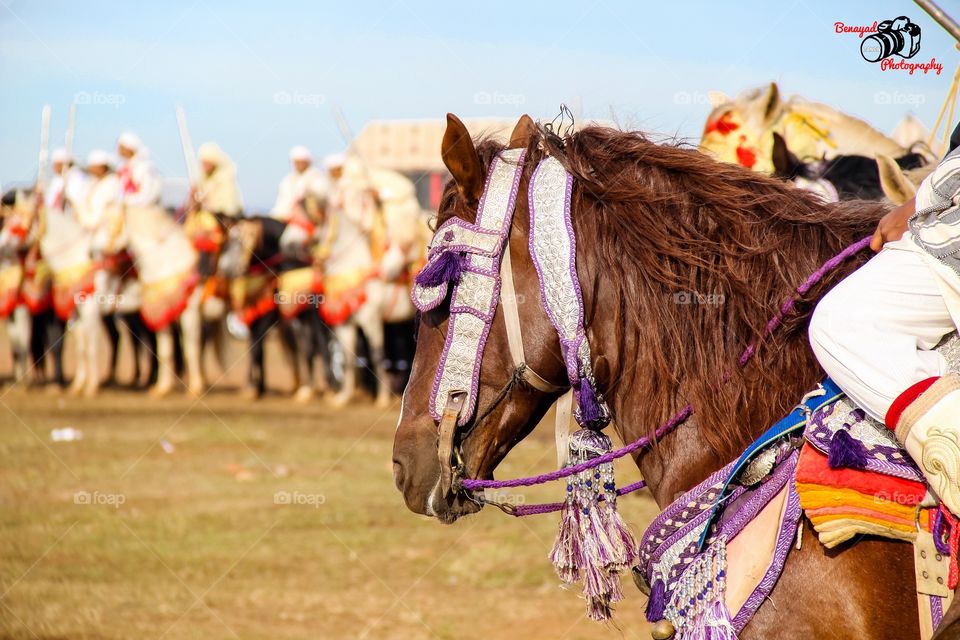One of the ancestoral breeds, the Barb has bloodlines as old (or older) than the Arabian. Like the Arabian, it is a desert horse, however that is where their similarities end. Origins It is believed that the Arabian & Barb bloodlines met at some point during the Muslim conquests in he 7th & 8th centuries. Many of the Barb’s confirmation charactoristics proved to be dominate & few of the Arabian refinements are seen in pure Barb bloodlines. Playing a large part in the evolution of most Spanish breeds, especially the Andalusian, the Barb blood also played a part in the modern day Thoroughbred. Still found in plentiful numbers in Morocco, Algeria & Tunisia, the stallions are traditionally used as the mounts for the Spahi cavalry. Features Average height 14.2-15.2 hands Built to cover long distances on meager rations Drought resistant Great stamina Agile movement Physique Straight profile Arched neck Flat, upright shoulders Rounded hindquarters, low set tail Legs are slender and hard Narrow, durable feet Traditional Colors black | grey | bay Temperament High strung desert horse, bred for speed & spirit Tough & resistant Unstable personality Use Military horses General riding Competition horse Agriculture work
Photo by med.benayad
Royalties free, Commercial & Editorial use
$10.00


